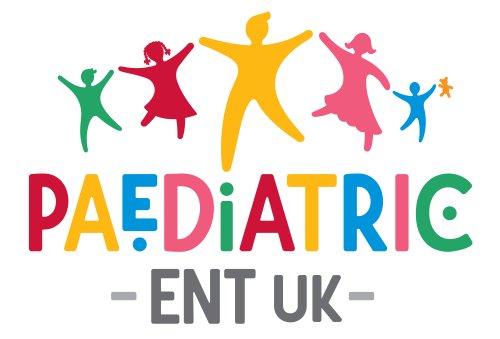What is a thyroglossal duct cyst?
A thyroglossal duct cyst is a fluid-filled lump that can form in the neck. It happens when some tissue left over from the development of the thyroid gland doesn’t go away. The cyst usually isn’t painful and feels smooth when you touch it. You might be able to see it move up and down when your child swallows.
While these cysts are usually harmless, they can become infected and cause pain and swelling. If this happens, or if the cyst is causing problems with swallowing or breathing, your child may require surgery to treat the cyst.
What are the symptoms of a thyroglossal duct cyst?
A thyroglossal duct cyst can cause a lump or swelling in the neck that usually doesn’t hurt. You might be able to feel it move up and down when your child swallows. If the cyst gets infected, it can cause pain, redness, and swelling. In some cases, the cyst can also cause difficulty swallowing or breathing if it gets big enough to press on the airway or food pipe. If your child has a lump in their neck or any of these symptoms, you should take them to see a doctor to find out what’s causing it.
How are thyroglossal duct cysts treated?
The treatment for a thyroglossal duct cyst depends on the size of the cyst, whether it is infected, and whether it is causing symptoms.
If the cyst is small and not causing any problems, it may simply be monitored with regular check-ups to make sure it doesn’t grow or become infected.
Cysts that become recurrently infected or large enough to cause cosmetic concern or pressure on the throat may need to be surgically removed.
What does surgery entail?
Surgery involves making an incision in the neck to remove the cyst, along with any surrounding tissue or structures that may be involved.
Surgery for a thyroglossal duct cyst involves removing the cyst and any tissue around it. The surgery is done while your child is asleep and won’t feel any pain. During the surgery, the surgeon will make a small cut in the middle of your child’s neck and remove the cyst. After the cyst is removed, the cut will be closed with absorbable sutures.
A small plastic tube (drain) may be placed in the neck to collect any fluid or blood after the surgery. This remains in for up to 24 hours after the operation and is removed before your child goes home.
What are the risks of surgery?
After surgery, your child may feel some pain and swelling in the neck. Your child’s healthcare provider will give you instructions on how to take care of the wound and manage your child’s pain.
Although there are risks associated with any surgery, serious complications are rare, and the surgery is usually safe and effective.
What are the risks of Thyroglossal duct cyst surgery?
Thyroglossal duct cyst surgery is generally very safe. There are some small risks including:
- Bleeding (rarely additional surgery is required to stop bleeding)
- Infection (which is easily treated with antibiotics)
- A scar in the neck (children’s tissues heal very well and usually the scar fades over time).
- Rarely there can be damage to nerves in the neck (that may cause weakness of the tongue or change in the voice).
- Recurrence of the cyst (this risk is 5% or less).
What aftercare is required after surgery?
- Your child will require simple pain killers such as paracetamol and ibuprofen for the first week or so.
- Your child’s wound needs to be kept dry for a few days following surgery as there is a small risk of infection.

